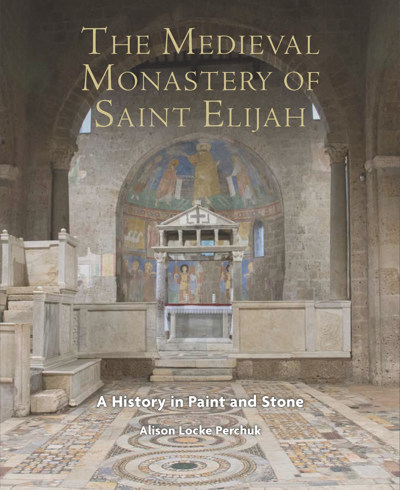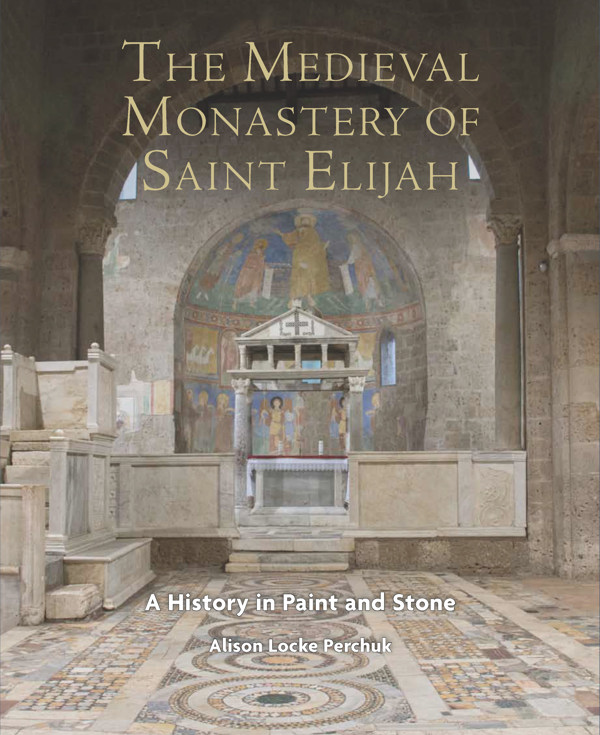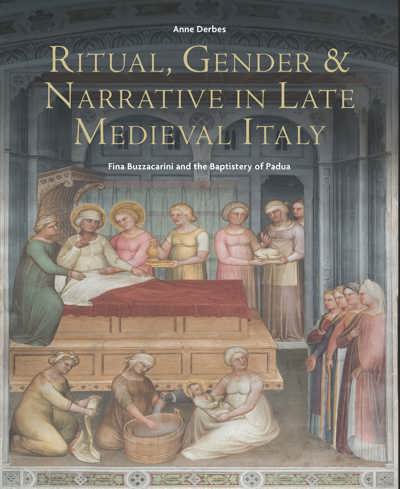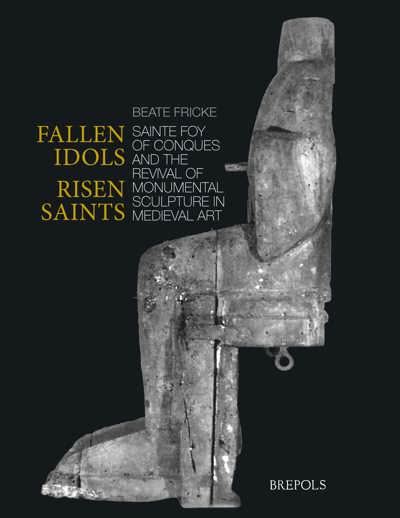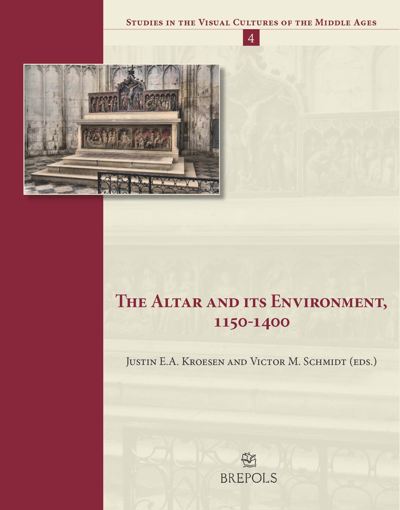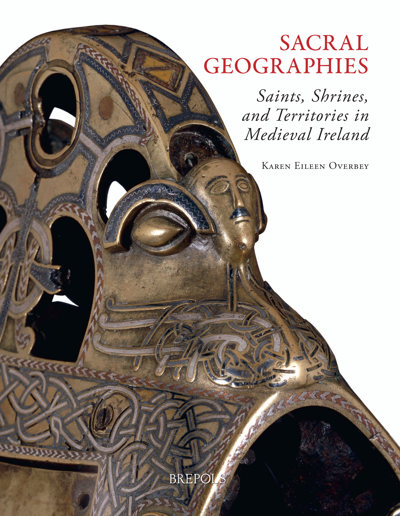
- Pages: 432 p.
- Size:225 x 280 mm
- Illustrations:10 b/w, 150 col., 2 tables b/w., 1 maps b/w
- Language(s):English
- Publication Year:2021
- € 175,00 EXCL. VAT RETAIL PRICE
- ISBN: 978-2-503-58943-5
- Hardback
- Available
The 2024 Karen Gould Prize in Art History
(Medieval Academy of America)
A methodologically ambitious, sumptuously illustrated, and erudite study of a twelfth-century monastery near Rome that offers a compelling biography of a neglected Romanesque jewel as well as evocative multisensory readings of its architecture, frescoes, and sculpture.
“The Medieval Monastery of Saint Elijah: A History in Paint and Stone is an invaluable addition to a growing corpus of studies in medieval art history that combine methodological sophistication with historical rigor. Copious praise is also due to Brepols and the editors of the Studies in its Visual Cultures of the Middle Ages (SVCMA) series. The volume is beautifully designed with a pleasing text layout, an easily navigable index, and stunning photographs--the majority of which are taken by the author. On the whole, Perchuk’s book is the definitive study of the medieval monastery at Castel Sant’Elia, and I suspect it will remain so for quite some time. It deserves to be on the bookshelves of any serious art history library.”(Marius B. Hauknes, in The Medieval Review, 12/06/2022)
“The Medieval Monastery of Saint Elijah is a monumental undertaking outlining the life of the Church of Sant’Elia, through which Perchuk makes several contributions to art historical debates concerning matters of identity, memory, and the capabilities of visual art. More impressive, though, is the author’s ability to seamlessly weave interdisciplinary practices and methods, such as spatial analysis, formalism, biography, and reception theory, to produce the most comprehensive analysis of the whole life of a building, even at times in the absence of textual evidence. In addition to this, Perchuk’s argument is augmented by the accompaniment of 160 illustrations and photographs, revealing a sumptuous visual history to be revisited again and again." (ABBY ARMSTRONG CHECK, in Comitatus, 53, 2022, p. 269)
"This monograph should be read by art historians interested in medieval art, the epistemology of art, and the historical anthropology of art. It is clear and well-written, skillfully blends too wide a variety of topics and methods to be summarized in a single review, and is beautifully published by Brepols." (Erik Gustafson, in CAA.Reviews, December 2024)
Alison Locke Perchuk (Ph.D. Yale University) is an art historian specializing in medieval Europe and the Mediterranean. Her work on the Monastery of St. Elijah received the 2018 Van Courtlandt Elliott Prize of the Medieval Academy of America and she has held fellowships at CASVA (2016) and the Institute for Advanced Study (2018–19). Currently Associate Professor of Art at California State University Channel Islands, her next projects are on medieval Italy’s sacred landscapes and medievalism in California.
Blending innovative art historical analysis with archaeology, epigraphy, history, liturgy, theology, and landscape and memory studies, The Medieval Monastery of Saint Elijah: A History in Paint and Stone is the first comprehensive interdisciplinary study of a deeply intelligent yet understudied male Benedictine convent near Rome. The only monastery known to have been dedicated to the prophet Elijah in the Latin West, it was rebuilt c.1122–26 with papal patronage. Today, the monastery is represented by its church of Sant’Elia, a stone basilica endowed with its original Cosmati marble pavement and liturgical furnishings, early and high medieval sculptures and inscriptions, and vibrant wall paintings that include unique depictions of the prophet Elijah and the twelve tribes of Israel as warriors, an apse program with a distinctly elite Roman origin, and an important narrative cycle of the Apocalypse. An outlying chapel marks the site of a theophany that sanctified the landscape and gave the monastery its raison d’être. The Medieval Monastery of Saint Elijah makes significant contributions to current art historical debates concerning communal identity and the construction of social memory, artistic creativity and processes, the multisensory and exegetical capacities of works of visual art, intersections of topography and sanctity, and the effects of medievalism on our understanding of the Middle Ages.
Introduction: 1769/2019
Chapter One: Recovering the Romanesque Monastery
The Monastery Today
Reversing Time’s Arrow at the Church of Sant’Elia
The Twelfth-Century Corpus
Conclusion
Chapter Two: vetustum monasterium Sancti Heliae
A Sacred Landscape
Remembering Abbots Past
From Temple to Church, or, Building Like Benedict
Conclusion
Chapter Three: The Materiality of Memory
Representation versus Materiality
The Crypt as locus antiquior
Promoting Cult, Protecting Community
Conclusion
Chapter Four: The Monk as the New Elijah
In the Name of Elijah
In the Image of Elijah
Prophets as Models
At the Altar of Elijah
Conclusion
Chapter Five: Seeing Apocalypse at Sant’Elia
Painting the Apocalypse
John the Revelator
Conclusion
Chapter Six: Why the Apocalypse?
Exegetical Images
The Politics of Apocalypse
Conclusion
Chapter Seven: A Papal Church in Lazio
A Basilica Reformed
The Images around the Altar
Establishing the Papal Perimeter
Conclusion
Conclusion: Bovo famulus tuus
